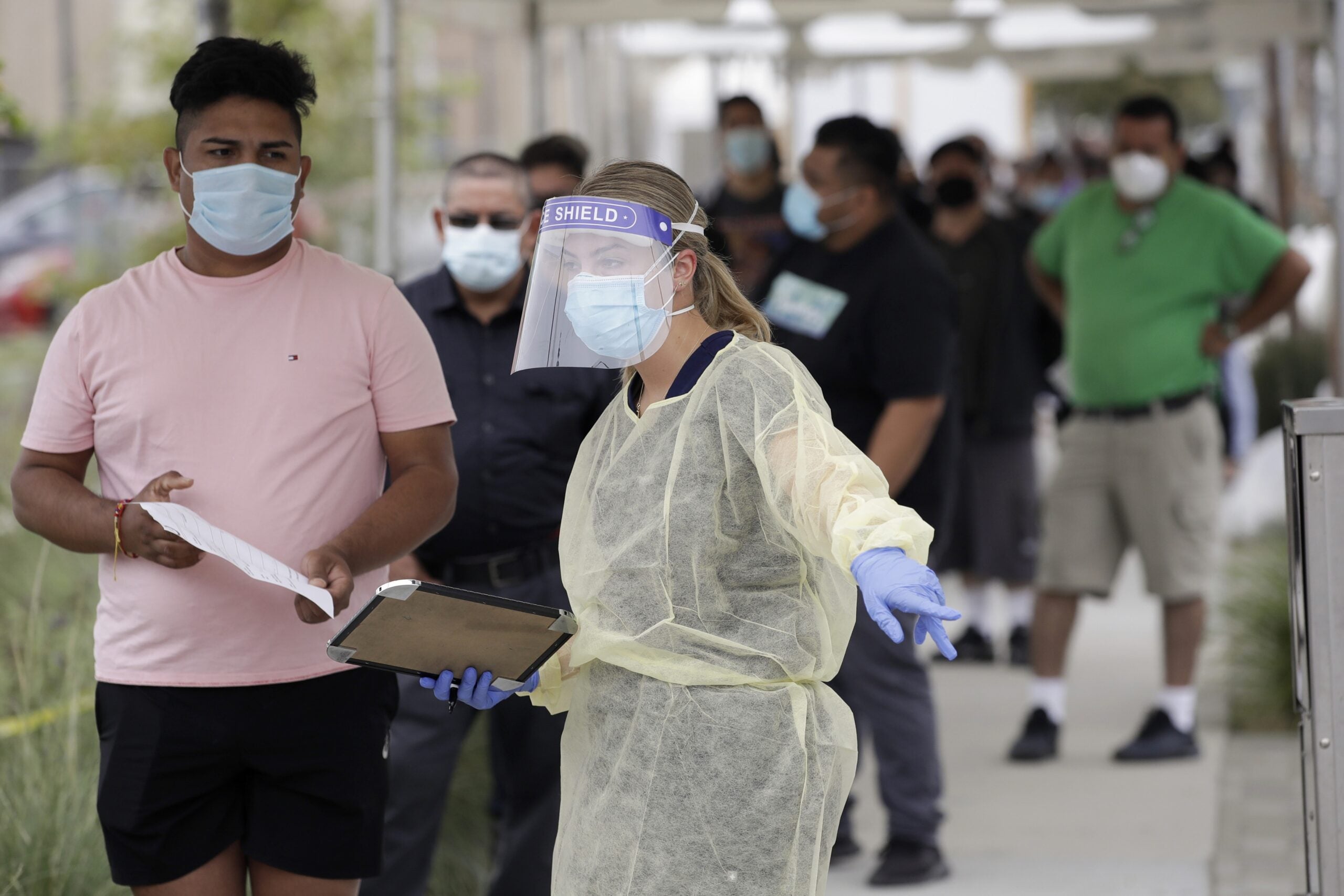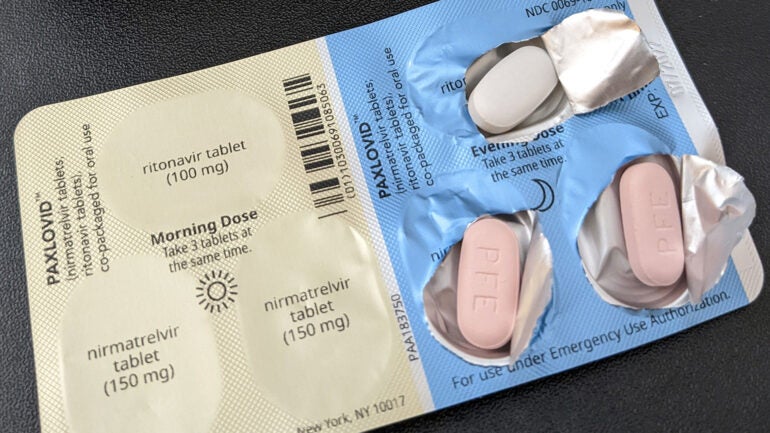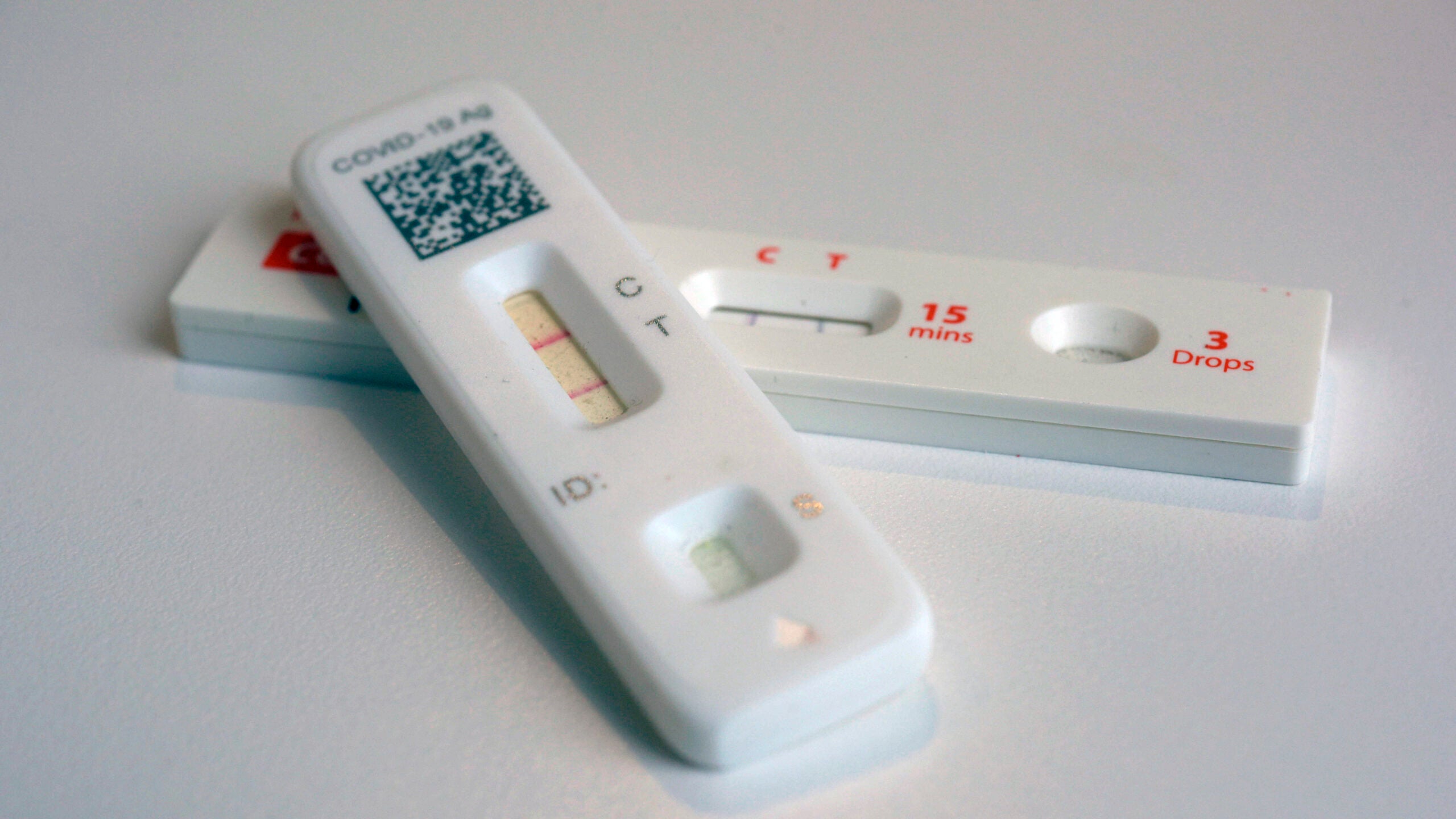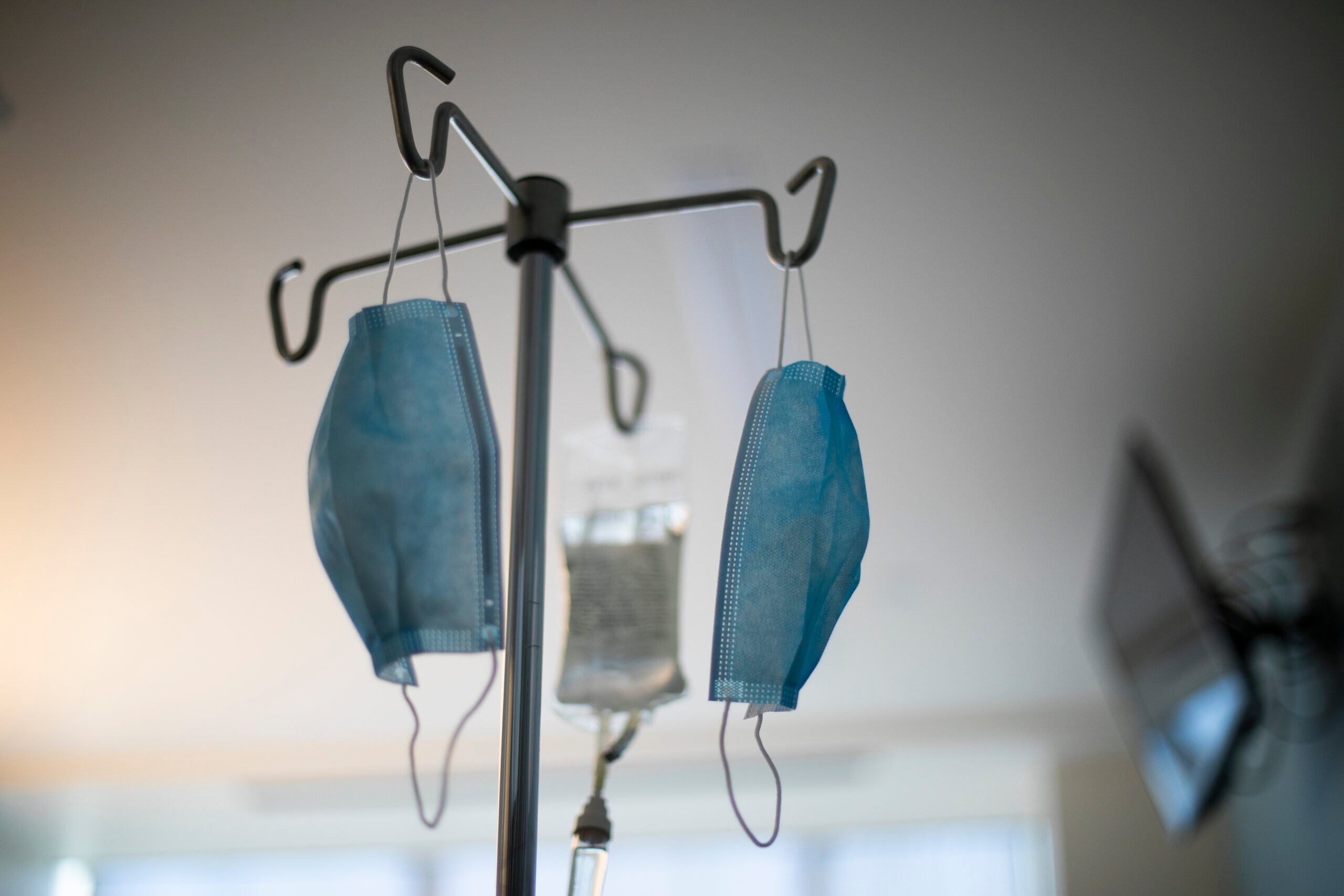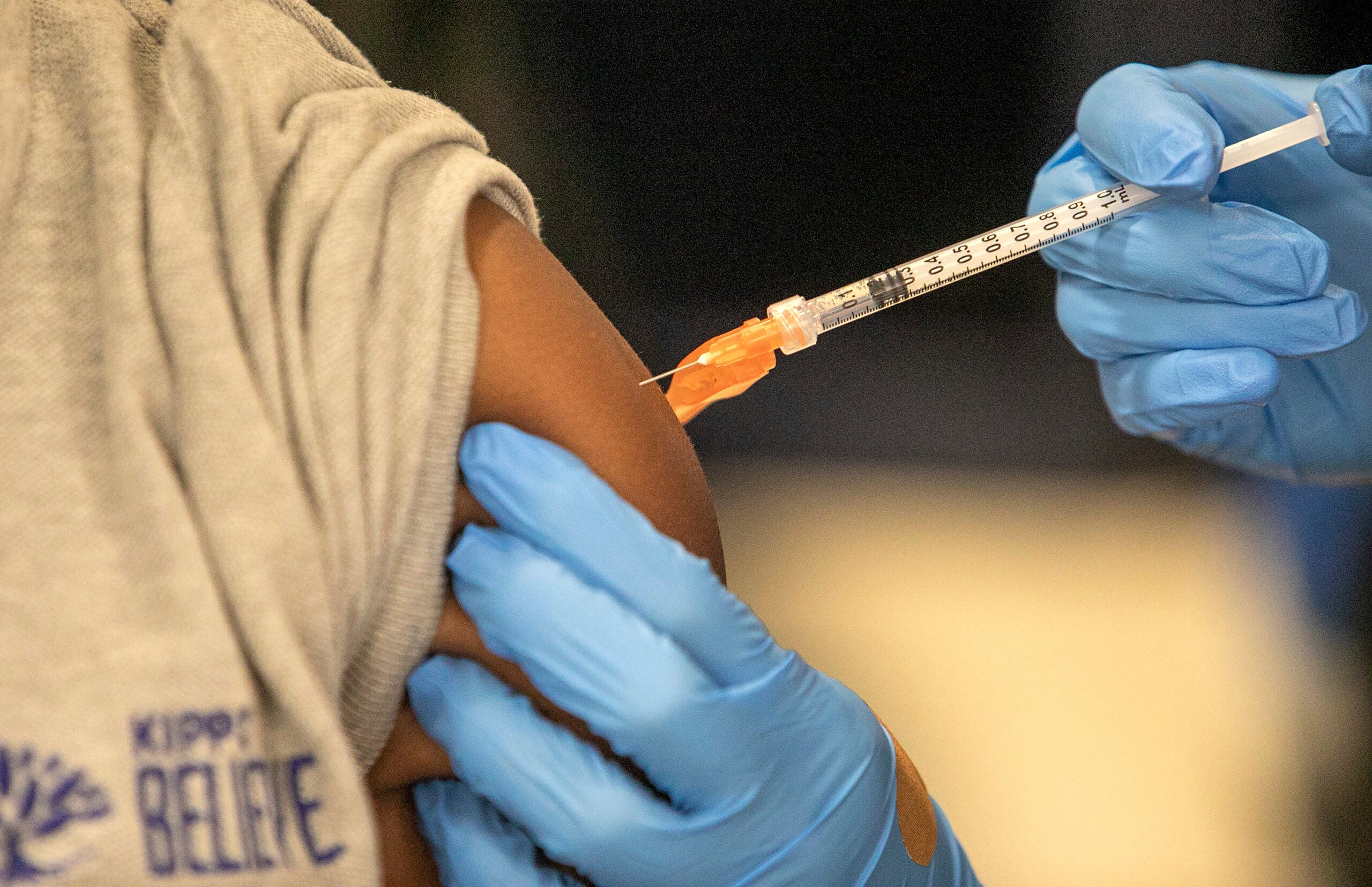Wisconsin saw fewer new COVID-19 cases on Sunday than previous days. But in the Fox Valley region, the number of new cases continues to climb, according to the latest data published by the state Department of Health Services.
DHS reported 1,865 new cases of the disease Sunday, bringing the average for the past seven days to 2,240 daily cases. One week ago, the average was 2,039 daily cases. Daily new cases have been rising since Aug. 28 when the average was 811 daily cases.
As of Sunday, there were 10,453 confirmed cases in Brown County and 69 deaths, according to DHS. Per capita, Brown County has the most cases in the state with 4,015 per 100,000 people infected. By comparison, the state average is 2,294 cases per 100,000. Milwaukee County’s case per 100,000 is 3,210, according to the state.
Stay informed on the latest news
Sign up for WPR’s email newsletter.
There were five new deaths from COVID-19 reported Sunday. On Sunday, 8,950 people tested negative in Wisconsin.
17.1 percent of people who got tested for COVID-19 over the past week were positive for the disease, according to DHS. That rate has been on the rise.
The positivity rate is often read by public health officials as a measure of overall testing levels. A high rate could indicate that testing in the state is limited, and skewed toward those already flagged as potentially having COVID-19. A lower rate could indicate testing is more widespread. Changes in the test positivity rate can also speak to COVID-19’s spread, if the size and makeup of the testing pool stays consistent.
On Sept. 30, DHS also introduced an alternative positivity rate, one that measures the percentage of tests that are positive, instead of the percentage of people who get a positive result. The new metric takes into account people who have been tested multiple times. The seven-day average for that number is at 9.1 percent.
According to DHS, there were 692 COVID-19 patients hospitalized as of Oct. 3. A total of 7,646 people have been hospitalized because of the disease, or 5.8 percent of all positive cases.
The latest figures bring the overall total of positive cases in Wisconsin to 132,663, according to DHS. A total of 1,377 people in Wisconsin have died from COVID-19.
___________________________
COVID-19 activity varies heavily from county to county. The latest activity data from DHS, released Wednesday, showed 45 counties had a “very high level” of COVID-19 activity, and the rest had a “high” level of activity. Wisconsin overall had a “very high” level of activity, according to DHS.
COVID-19 activity designations are based on the number of new cases per a county’s population over a 14-day period, as well as whether there’s an upward or downward trend in new cases.
As of Sept. 30, the Fox Valley region of the state had the most new cases per capita over the previous two weeks, while the North Central region saw cases rise most rapidly.
Wisconsin’s daily testing capacity — based on the availability of test supplies and adequate staffing — has grown from 120 available lab tests in early March to 39,234 as of Sunday. The number of actual people with new test results reported Oct. 4 was 10,815.
A total of 1,598,376 people have been tested over the course of the pandemic. Of those, 1,465,713 have tested negative.
Editor’s Note: WPR has updated the language it uses in its daily coverage of COVID-19 statistics to clarify the distinction between COVID-19, an infectious disease, and the coronavirus (SARS-CoV-2) that causes that disease. WPR’s daily coverage also no longer includes the Badger Bounceback Plan, which DHS has stopped updating.
Wisconsin Public Radio, © Copyright 2024, Board of Regents of the University of Wisconsin System and Wisconsin Educational Communications Board.

